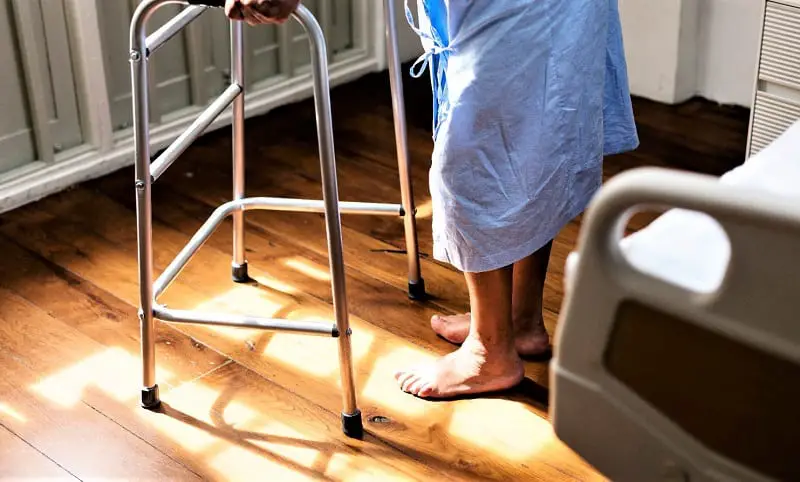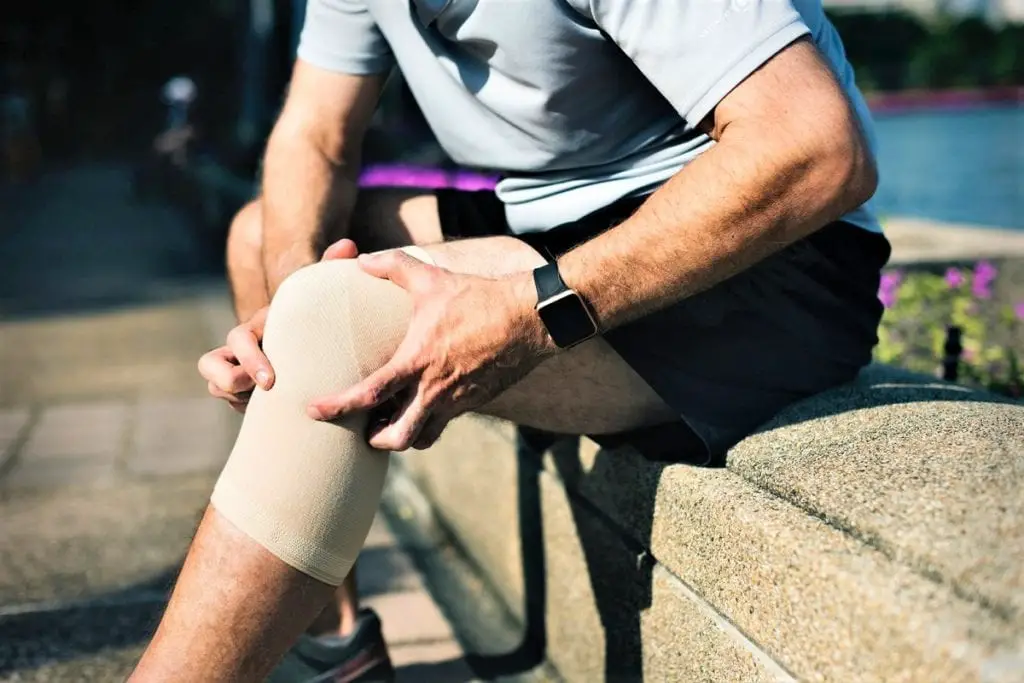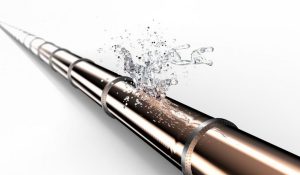Our joints are one of the first parts of the human body to suffer the inevitable ravages of aging. Cartilage may be torn during bicycle accidents or overzealous basketball games. They may also slowly wear away over years of use.
But researchers say they may have finally developed a material that matches the cartilage found in our bodies.
“We set out to make the first hydrogel that has the mechanical properties of cartilage,” says chemist Ben Wiley from Duke University.
Wiley and his team hope that doctors will one day be able to use their hydrogel as a replacement after injuries or in old age. If successful, the hydrogel could benefit millions of people.

Strength and Flexibility
Cartilage damage accumulates after years of trauma and normal wear and tear. The damage often culminates in osteoarthritis, a degenerative joint disease that affects many people aged 65 years old and above.
Damaged cartilage does not grow back, but a new material may be able to take its place. The key is a hydrogel that’s strong and flexible enough to endure abuse while cushioning your knees, ScienceAlert reports.
Existing treatment for cartilage defects typically involves inflicting additional damage on the injured joint. This encourages cell-rich blood and bone marrow to clot in the area.
Treatment might also involve transplants of cartilage cells, called chondrocytes. Doctors extract the cells from a healthy joint, culture them, then inject the cultured cells into the damaged area.
Both procedures trigger the growth of new tissue. The new tissue – which resemble the tissue of scars – is more fibrous than regular cartilage. It is also not as durable.

(Photo: Keith Allison/Wikimedia Commons)
Stretching and Squishing
The main ingredients in the Duke University research team’s new hydrogel are water-absorbing polymers.
The polymers are made of spaghetti-like strands, intertwined with another polymer that’s less flexible and more basket-like. A third polymer, made of cellulose fibers, holds everything together.
The combination appears to work. The hydrogel has so far passed with top marks in two crucial categories, stretching and squishing, performing better than other existing hydrogels.
“Only this combination of all three components is both flexible and stiff and therefore strong,” says materials scientist Feichen Yang, also from Duke University.
The tests consisted mainly of rubbing the hydrogel against natural cartilage a million times. The material proved just as resistant to wear and tear as actual cartilage.

( Photo: Airman 1st Class Andrew D. Sarver/USAF)
However, despite the promising results, the researchers know that its approval for use in humans will likely take a few more years.
So far, the results of initial safety tests suggest the material is nontoxic to lab-grown cells. The next step is to design an implant that the researchers can test in sheep.
If the trial is successful, then the researchers can begin tests with actual people.






